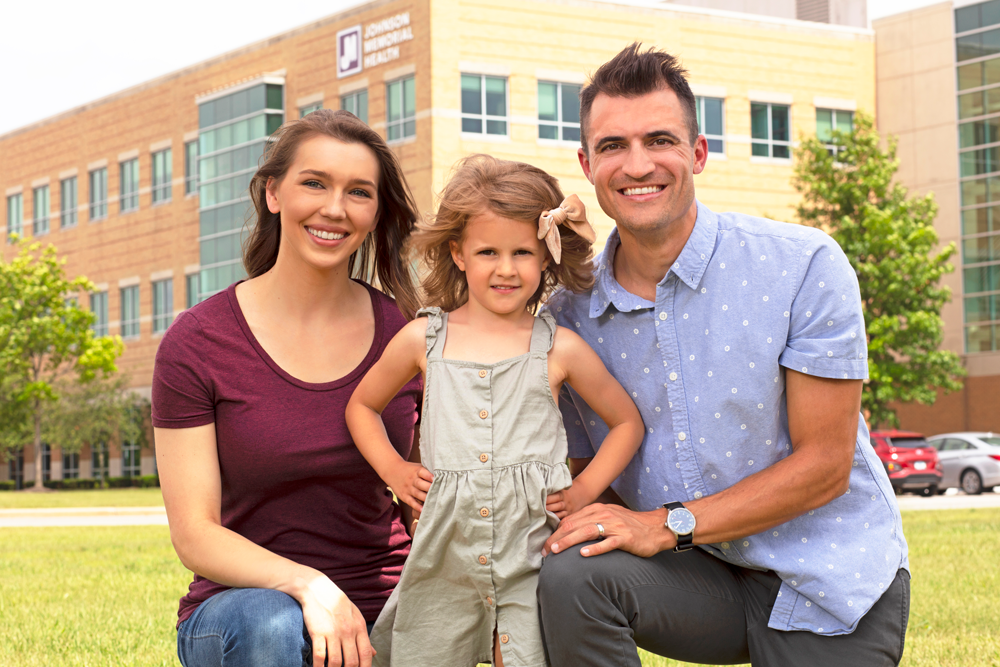Telestroke technology inside ambulances
Transcript
Jason Howland: Stroke telemedicine, also called "telestroke," uses audio and visual technology to connect emergency room patients with stroke specialists. And now telestroke is going mobile inside ambulances.
W. David Freeman, M.D.: The cool part about that is that Mayo physicians will beam into a moving ambulance to look at the patient while they're traveling to our Mayo hospital.
Dr. Freeman: Now let's do the left leg…
Jason Howland: The time saved with telestroke often is vital in preventing major neurological disabilities and can be a matter of life and death.
Dr. Freeman: We measured previously that saved 7½ minutes. And we know that's 1.9 million brain cells per minute. So you can do the math about how many millions of brain cells that can potentially save.
Jason Howland: Having a prompt telestroke evaluation and assessment increases the possibility of administering treatment in time to reduce stroke-related disabilities.
Dr. Freeman: Time is brain. So, we continue to advance the science and try to heal the sick.
Jason Howland: For the Mayo Clinic News Network, I'm Jason Howland.



